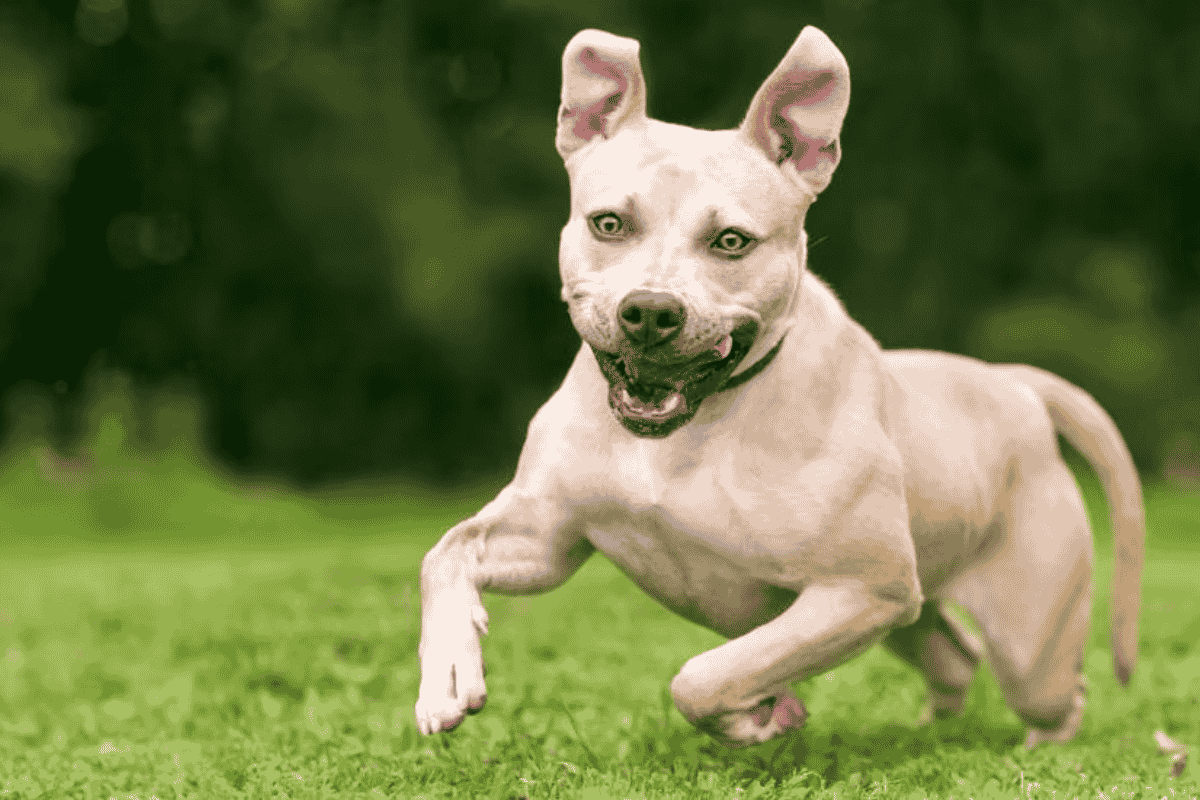Degenerative myelopathy (DM) is a disorder of the spinal cord in dogs that closely resembles amyotrophic lateral sclerosis (ALS) in humans, also known as Lou Gehrig’s disease.
The term “degenerative” refers to the progressive breakdown of the spinal cord and peripheral nerves, while “myelopathy” indicates a neurological deficit in the spinal cord.
The spinal cord plays a critical role in relaying movement signals from the brain to the limbs and sending sensory information back. When it degenerates, dogs lose coordination, mobility, and eventually, independence.
Breeds at Higher Risk
Degenerative myelopathy is now recognized as a genetic disorder in dogs. A specific genetic mutation increases the risk of developing the disease. Breeds most commonly affected include:
- German shepherds
- Chesapeake Bay retrievers
- Rhodesian ridgebacks
- Boxers
- Corgis
- Standard poodles
It can also appear in other breeds and mixed-breed dogs. Onset is unpredictable, but it most often occurs in middle-aged to older dogs (typically between 8–12 years old), affecting both males and females equally.
Signs of Degenerative Myelopathy
Early symptoms are subtle and progress gradually. While DM is not generally painful, weakness in the hind limbs can put extra strain on other areas, causing discomfort. Initial signs may include:
- Loss of coordination (ataxia) in the hind limbs
- Swaying or wobbling while walking
- Rear feet dragging or knuckling
- Trouble climbing stairs, squatting, or jumping into the car
As the disease advances, signs worsen to:
- Hind limb weakness and knee buckling
- Difficulty standing or walking
- Inability to walk on hind legs
- Loss of bladder and bowel control
- Weakness in front limbs in late stages
Diagnosing Degenerative Myelopathy
A diagnosis of DM is made by ruling out other possible spinal conditions. Veterinarians may recommend diagnostic imaging such as:
- Spinal X-rays
- CT scans
- MRI scans
- Myelograms
These tests help confirm whether symptoms are due to DM or another condition.
Genetic Testing for DM
A DNA test for degenerative myelopathy is available through the Orthopedic Foundation for Animals. The test identifies whether a dog:
- Does not carry the gene
- Is a carrier
- Is at higher risk of developing DM
However, it’s important to note that testing only shows risk — not certainty. Dogs with the gene may never develop the disease.
Treatment Options
Although there is no cure for DM, treatment can extend and improve quality of life.
Physical Rehabilitation
Therapies may add up to three years of mobility compared to six months to a year without treatment. Programs often include:
- Walking and weight-shifting exercises
- Stretching, strengthening, and balance work
- Underwater treadmill therapy
Moderation is crucial — too little activity slows progress, but overexertion can worsen symptoms.
Pain Management
While DM itself is not painful, secondary pain can occur. Management options include:
- Massage and acupuncture
- Cold laser therapy
- Chiropractic care
- Nutraceuticals and supplements
- Prescription NSAIDs, if advised by a veterinarian
Assistive Devices
As mobility declines, equipment can help maintain independence:
- Booties to protect paws from dragging
- Slings and harnesses for support
- Dog wheelchairs/carts for mobility
Caring for a Dog with DM
Degenerative myelopathy is a life-changing condition, but with early intervention, physical therapy, and supportive care, many dogs continue to enjoy meaningful, active lives.
Beyond medical management, one of the greatest supports you can offer is love and patience, which provide comfort as your companion navigates this difficult disease.












